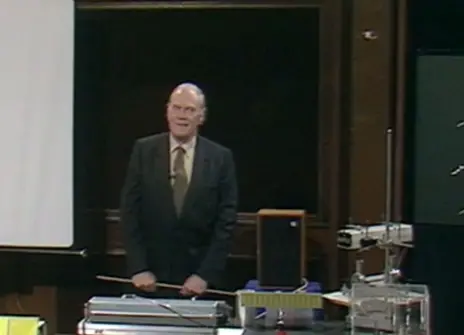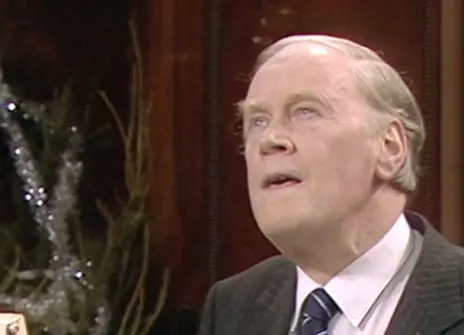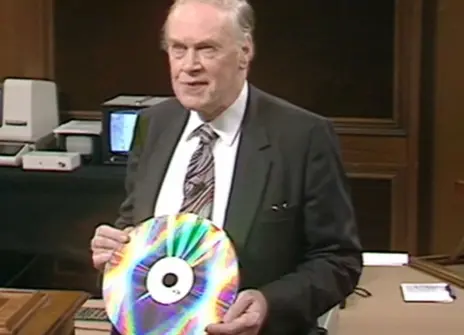Lecture 4 – Outwards to the stars
From the 1981 lecture programme:
The classic way of measuring large distances was by triangulation, where the properties of similar triangles could be applied to observations of the difference in directions to a distant point from two accessible points at the end of an already measured baseline to estimate the distance to the far away point. This is still the method by which our distances to the nearer stars are found.
More recently radar, in which we send out waves of known velocity to be reflected from the distant object, and measure the time for the echo to return, can give more accurate results than triangulation, and by its means we can reach out as far as the nearer planets.
If at the distant object something happens which sends out two kinds of wave which travel with different velocities, then we can determine the distance to the object by measuring the time between the two kinds of wave arriving at our observing point. Thus if we can see the flash of a lightning stroke and measure the delay before we hear the thunder, we can find how far away the lightning stroke must have been. In the same way we can estimate the distance of a far away earthquake from the time interval between the arrivals of the longitudinal and transverse waves which reach us through the earth.
Even with only one kind of wave available we can locate the position of a gun which we cannot see if we listen for its report at three different points and note the differences of times at which observers at these points hear it. This method, which uses the properties of the hyperbolic curve, can also be used with light or radio waves, and is of widespread use in navigation.
If the distant object is moving relative to us, we can tell how fast it is moving towards or away from us from the way in which the waves it emits appear to be compressed or drawn out, changing their frequency as we receive them. This is the Doppler Effect, which enables us to measure the speeds of distant objects for navigational or military purposes, and to observe how other parts of the universe appear to be moving relative to us. On the evidence available, and combining it with our observations of distance, it seems that the further away a distant galaxy is, the faster it is flying away from us. These measurements have led to the conclusion that the whole universe is expanding, like fragments of an explosion that occurred some thousands of millions of years ago.
If so, it would seem from our estimates of the age of the oldest rocks on earth that the earth's surface has been solid for an appreciable fraction of the total age of the universe.
Measurement has given us information ranging from the size of atoms, a few hundred-millionths of a centimetre across, to the distance of galaxies so far away that light travelling at three hundred thousand kilometres per second takes some thousands of millions of years to reach us. We can therefore see how the scale of our everyday life fits so modestly and yet so intricately into the scale of the universe.
About the 1968 series of CHRISTMAS LECTURES
In the 1968 CHRISTMAS LECTURES, physicist Philip Morrison explores the science of scale through the eyes of Jonathan (also knows as Dean) Swift's classic book, Gulliver's Travels.
From the 1968 Lecture programme:
It was the marvellous imaginary voyages of Lemuel Gulliver which made us see a world of petty six-inch patriots, or of sixty-foot people, large-minded and generous. Dean Swift was not writing science, but he lighted for our minds the meaning of size in our perception and in all human affairs.
In science the scale of things is often decisive. We human beings can view the world from one scale only, our own. But in that world are ants and whales, mountains and seas, planets, stars and atoms. A great deal of their nature is explainable as the consequence of their magnitude, for the fundamental building bricks of all the world, the particles of the physicist, fix a size built somehow into everything material.






